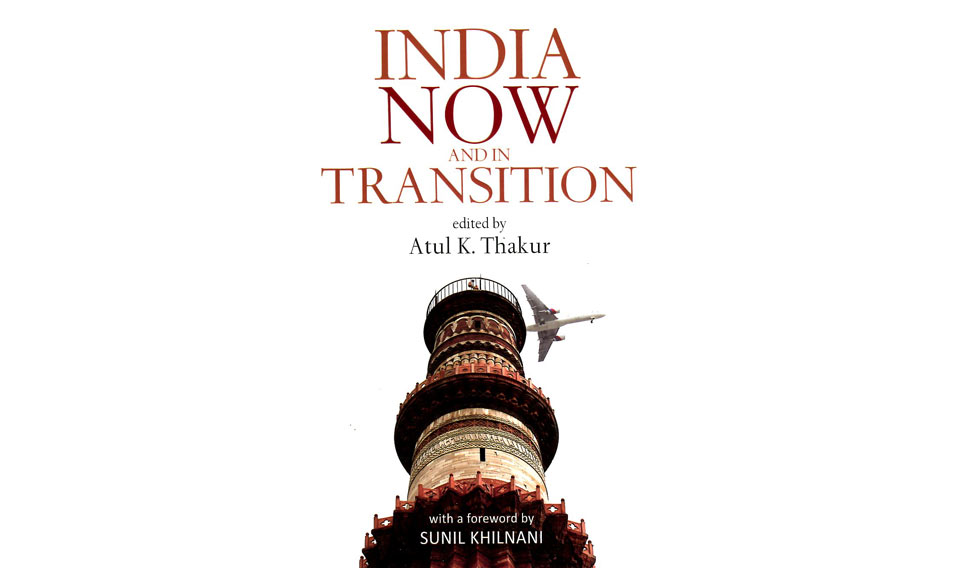The selection of the “Greatest Indian Since Gandhi” began with a long list of 100 names, shortlisted to 50. This list was pruned to 10 – by simultaneous votes of jury, online poll and a market survey, all of which carried equal weightage.
In the jury vote, B R Ambedkar and Jawaharlal Nehru tied for the first place. In the jury vote, JRD Tata and now Saint Teresa were ranked immediately below Ambedkar and Nehru.
In the online poll, Ambedkar bagged the first place, and Nehru ranked 15th. Even Sachin Tendulkar, A R Rahman and Rajnikanth were ranked higher than Nehru.
In the market survey result, former President of India, A P J Kalam, ranked first. He ranked second in the online polls. Only two out of 28 jury members voted for Kalam to be in the shortlist of 10!
In his essay titled “Indians— Great, Greater, Greatest?”, historian Ramachandra Guha , who was a member of the jury, says , “the results revealed two striking (and interconnected) features: the strong imprint of the present in how we view the past, and the wide variation between how the “greatness” of an individual is assessed by the aam aadmi and by the expert”. The jury, he guesses, was motivated by “hard and undeniable, if not so widely advertised facts” that Kalam had not made any original contributions to scientific or scholarly research. The jury had ranked the Metro Man, E Sreedharan above him. According to Guha, a key reason for Kalam's popularity is the perception of a Muslim who stands by his motherland, that he was an upright and accessible public servant, and he reached out to the youth.
The alphabetical order of surnames in the list of 10 was : B R Ambedkar, Indira Gandhi, A P J Abdul Kalam, Lata Mangeshkar, Jawaharlal Nehru, Vallabhbhai Patel, J R D Tata, Sachin Tendulkar, Mother Teresa and A B Vajpayee.
Guha is ok with six of them. But chose to dissent with the other four—preferring Kamaladevi Chattopadhyay to Indira Gandhi, JP or C Rajagopalachari over A B Vajpayee, a social worker like Ela Bhatt over Mother Teresa and Homi Bhabha or M S Swaminathan or Amartya Sen over Kalam.
While being part of a jury to choose 50 and then 10 Great Indians was educative, Guha was “less comfortable” with the next step— to choose the Greatest Indian. “This anointing of the Singular and Unique goes against the plural ethos of a democractic Republic” observes the historian.
Asks he : How does one judge Ambedkar's work of the Dalits and his piloting of the Indian Constitution against Nehru's promotion of multiparty democracy based on adult franchise and his determination not to make India a hindu Pakistan? And would there have been an India at all if Patel had not made the princes and nawabs join the Union?”
The published essay by Guha is what opens , “India Now and in Transition”, a compilation of 37 essays, edited by Atul K Thakur, and a foreword by historian Sunil Khilnani. The book is dedicated to late journalist B G Verghese, and Atul's grandparents.
India Now and In Transition
Edited by Atul K Thakur
Published by Niyogi Books
Pages: 447
Price Rs 595







